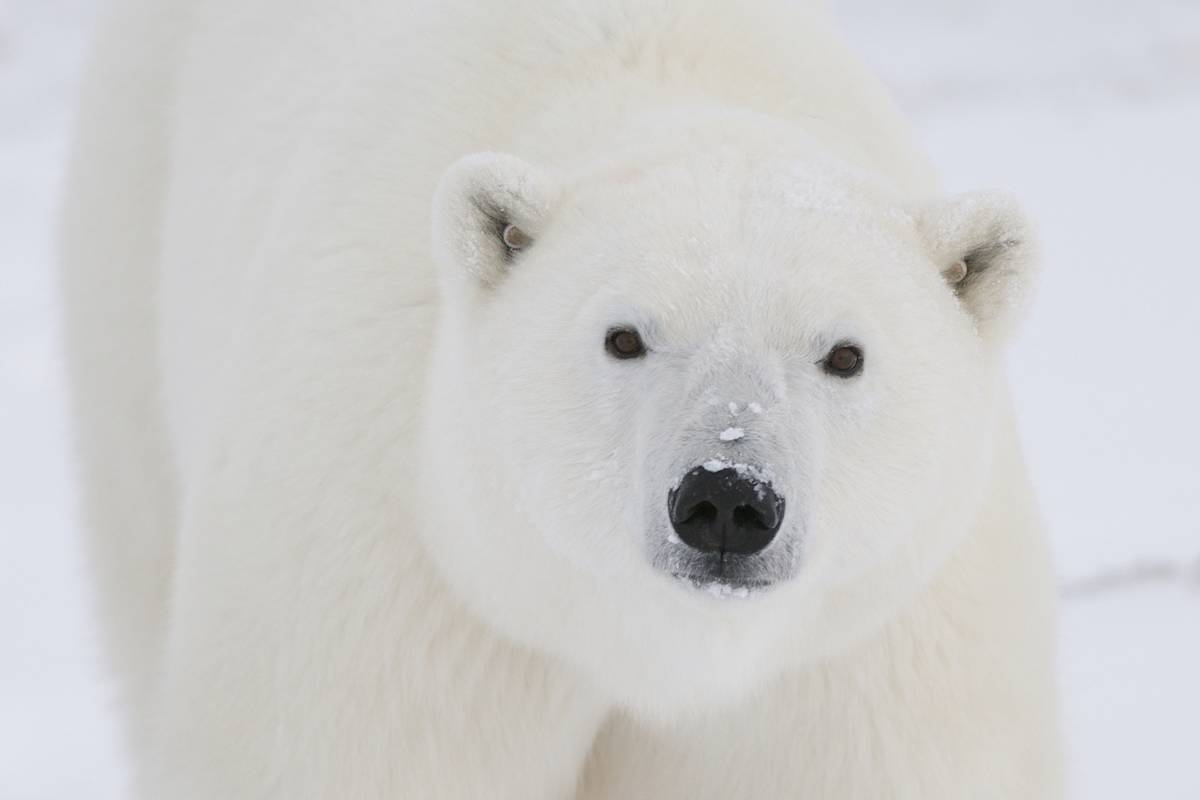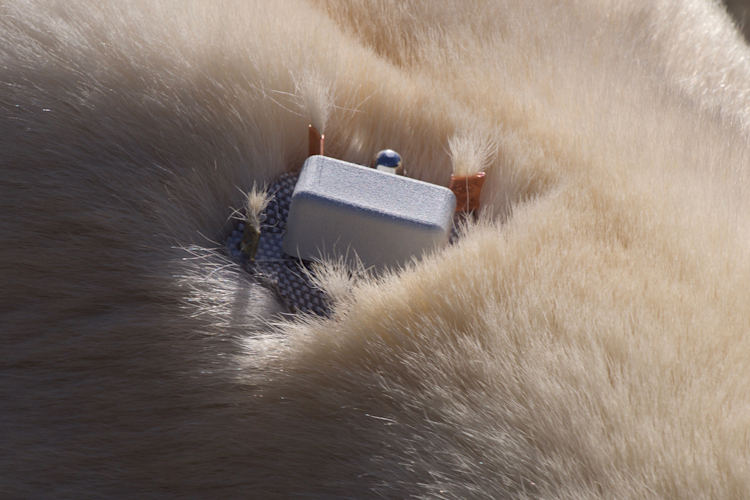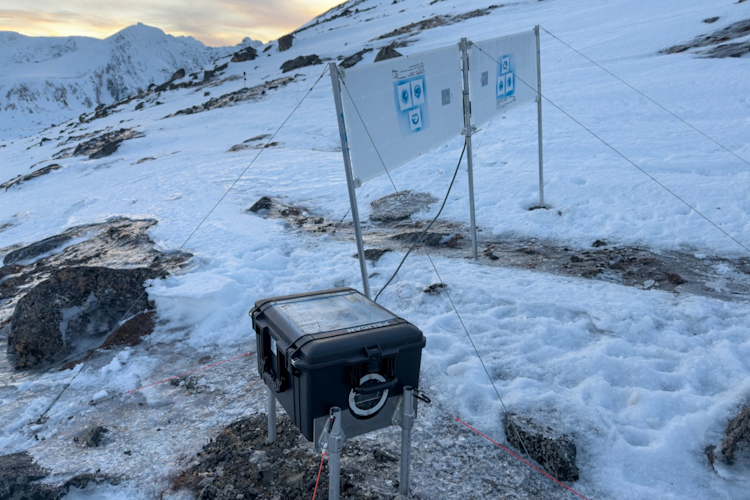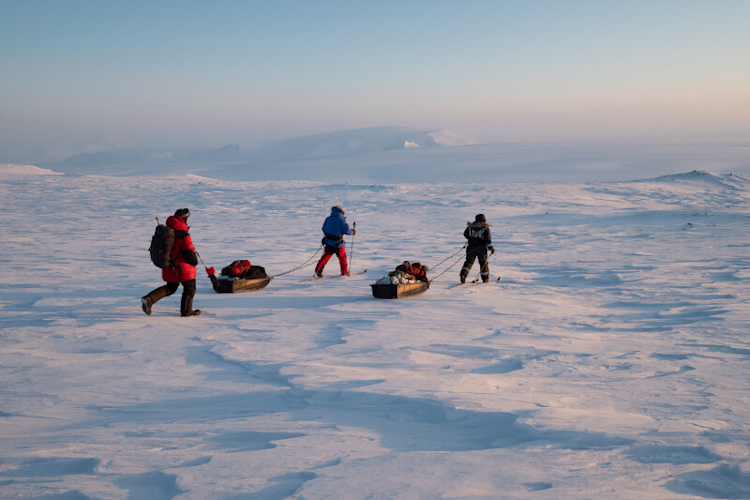As an ecologist currently studying polar bear habitat and an ambassador for Polar Bears International, I get asked a lot of questions about my study species. Naturally, people are curious about what polar bear researchers do. But mostly, people wonder why we do what we do. One question I am often asked is why we require location data, especially when the methods, such as attaching a collar or an ear tag to a polar bear, can appear restrictive or even negatively impactful. I always try to explain how beneficial this data is to the conservation of the entire global population of polar bears, but also that the methods are not harmful at all.
First, any scientist hoping to study wild animals requires wildlife research ethical certifications. Each of the five polar bear countries (Canada, the United States, Denmark, Norway, and Russia) has different governing bodies that grant these certifications. For example, in Canada, animal welfare in study situations is monitored and protected by the Canadian Council on Animal Care (1). In the United States, this is governed by the Committee on Animal Research and Ethics (2) and in Denmark, by The Danish Animal Ethics Council (3).
Because I study and volunteer within a Canadian context I’ve focused on Canadian ethical standards and research methods throughout this post. Getting certified for this kind of research in Canada requires an extensive application process that includes explicit explanations of the field techniques used (1). The review and approval process can take months and once approved, certificates must be updated every year. In short, the health and welfare of wild animals is the most important component of this kind of research. Remember, we do what we do because we care about conserving polar bears—we’re not going to put any bears in jeopardy for the sake of science.


















